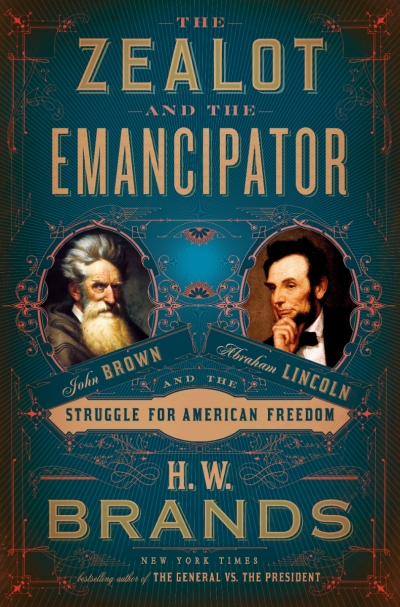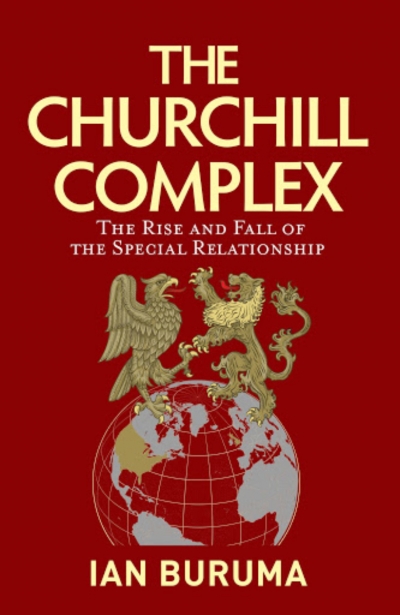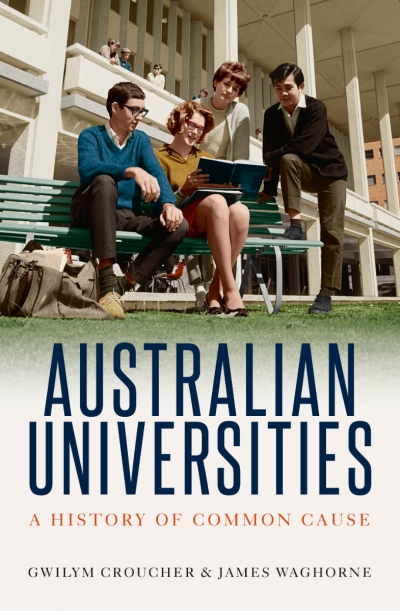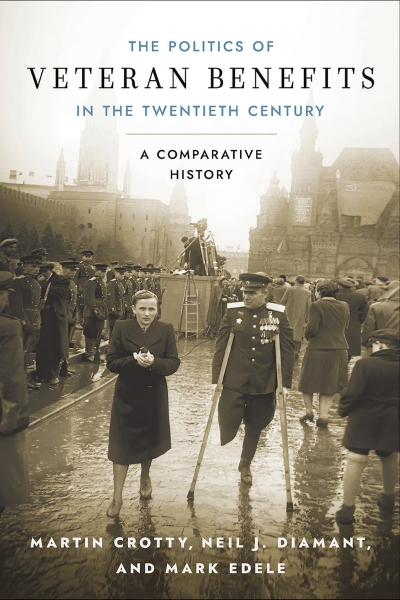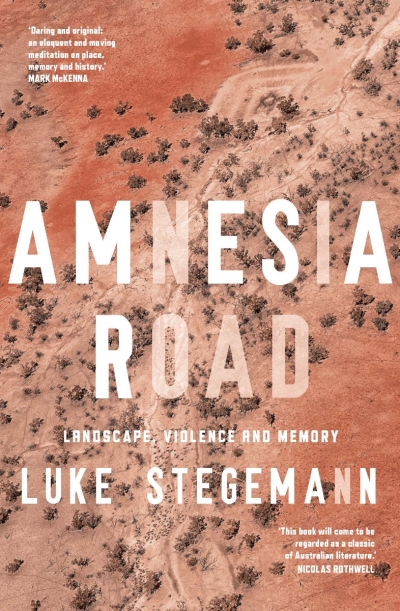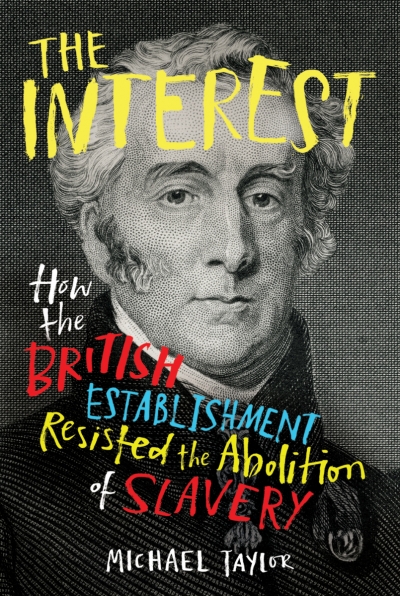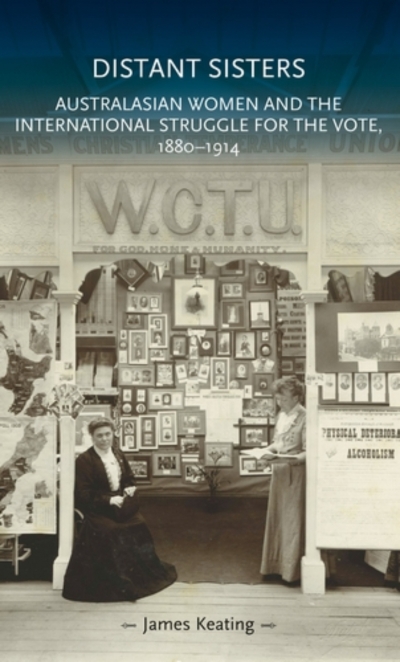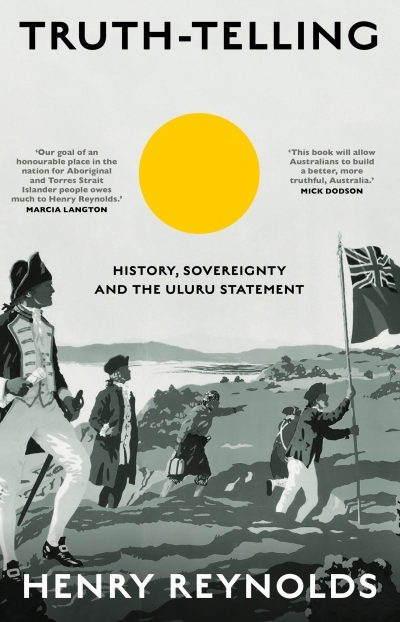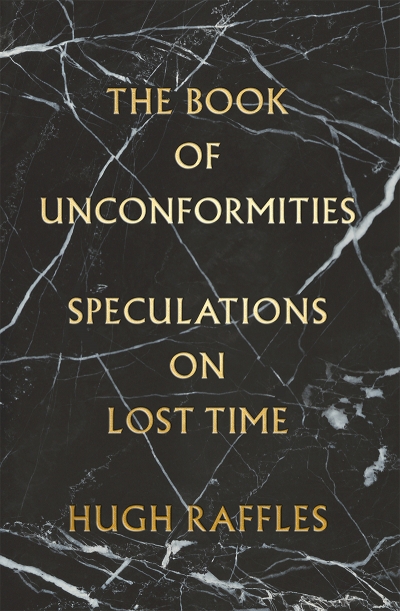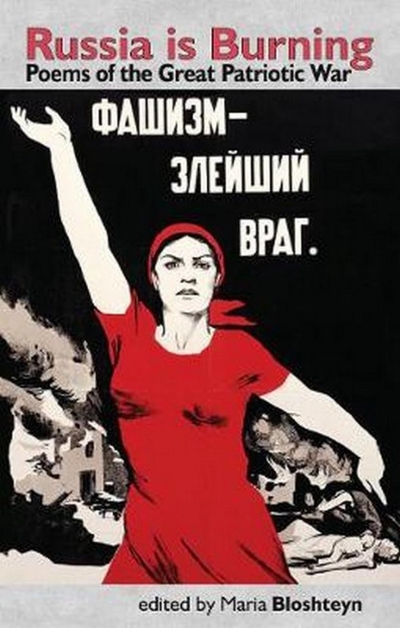History
The Zealot and the Emancipator: John Brown, Abraham Lincoln and the struggle for American freedom by H.W. Brands
by Clare Corbould •
The Churchill Complex: The rise and fall of the special relationship by Ian Buruma
by Timothy J. Lynch •
Australian Universities: A history of common cause by Gwilym Croucher and James Waghorne
by Peter Tregear •
The Politics of Veteran Benefits in the Twentieth Century: A comparative history by Martin Crotty, Neil J. Diamant, and Mark Edele
by Christina Twomey •
Amnesia Road: Landscape, violence and memory by Luke Stegemann
The Interest: How the British establishment resisted the abolition of slavery by Michael Taylor
by Georgina Arnott •
Distant Sisters: Australasian women and the international struggle for the vote, 1880–1914 by James Keating
by Marilyn Lake •
Truth-telling: History, sovereignty and the Uluru Statement by Henry Reynolds
by Sarah Maddison •
The Book of Unconformities: Speculations on lost time by Hugh Raffles
by Dan Dixon •
Russia Is Burning: Poems of the Great Patriotic War edited by Maria Bloshteyn
by David Wells •

